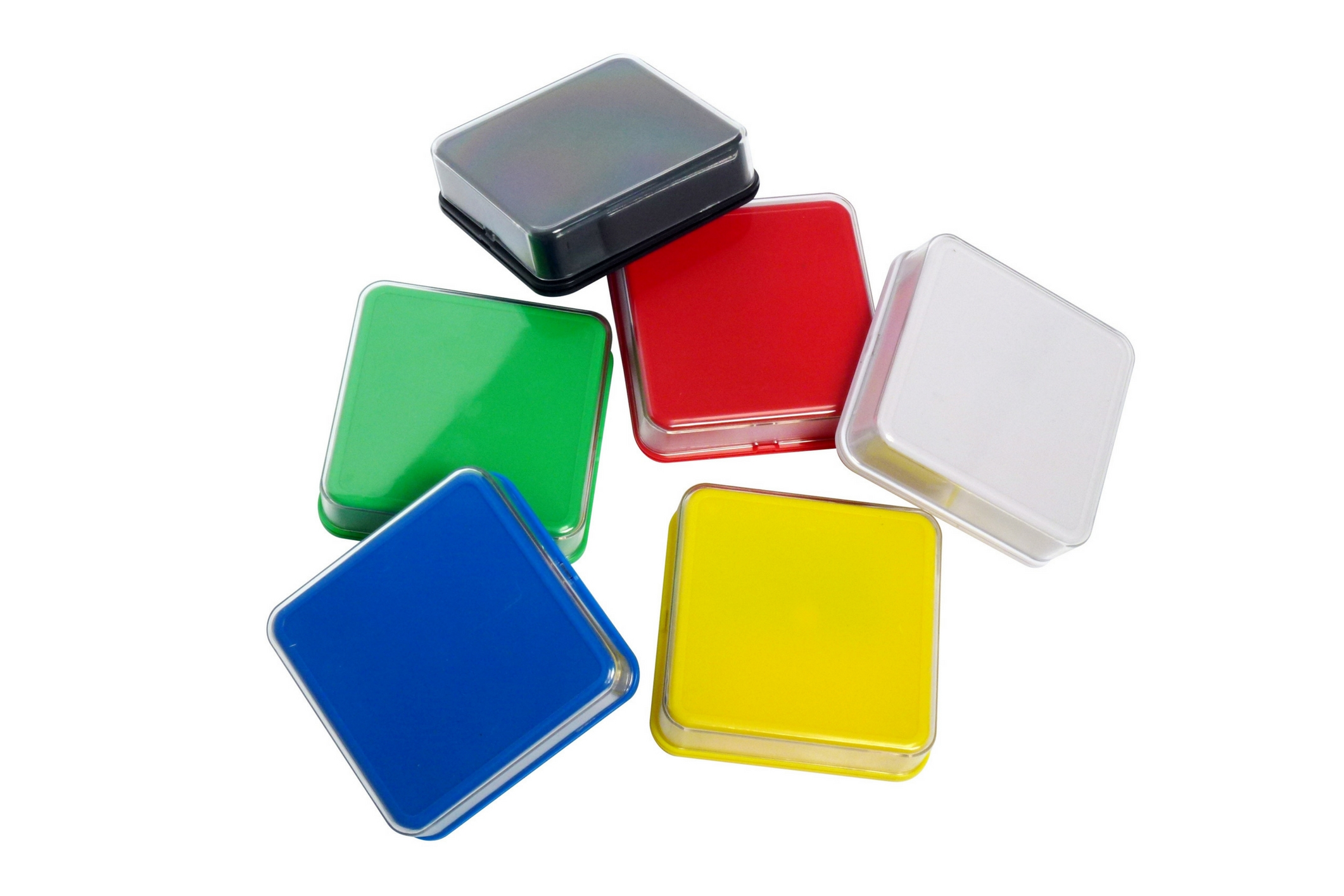BLOG


Weighted Vests to Help Children with Sensory Processing and Motor Planning
Weighted vests are designed to help children with sensory processing and motor planning and also help promote self-calming and enhance proprioceptive feedback using a therapeutic garment.
- Designed for parents, therapists and teachers that want to have a therapeutic item in a non-therapeutic setting such as in the home, in the classroom or at social events.
- Introduce the vest for the first time as regular clothing; start slow.
- Don't wait to use the vest when it's a crisis. Create a habit of putting on the vest and allowing the child to move around in it before placing the child in a calming atmosphere. Good results are seen when the vest is used as part of an activity such as recess, at the store or at church.
- Remember - this is a non-invasive therapeutic opportunity.
- Time limitations don't always matter; some children may find proprioceptive input to help with body awareness issues. In this case, they may need to wear the weighted vest for longer periods or in unfamiliar situations.
- Use according to each individual child's needs.
*All Children do not have the same sensory integration needs. Weighted vests should be used under the direction and advice of a healthcare professional or licensed therapist and should be worn while under adult supervision. How does a weighted vest assist a child with a Sensory Processing Disorder?
Sensory Integration (SI) is based on the theory of the normal neurological process to integrate or organize all of our natural senses in a harmonious whole to survive, learn and to function smoothly. Typical individuals with an intact nervous system have the ability to be aware of time, place and person all at once this is called proprioception or referred to as the position sense.
In addition, they also have the ability to psychologically or organically determine and mix there 5 senses (Seeing, Hearing, Touching, Tasting and Smelling).
Children with Sensory Processing Disorder (SPD) or Dysfunction of Sensory Integration (DSI) and other developmental disabilities many times do not display these abilities. Most children with Dysfunction of Sensory Integration (DSI) can only handle one or two senses at a time. They can have unusually high or unusually low activity levels. When their senses are over-sensitive or under responsive they can act out certain behaviors to help them make sense of their world such as seeking out deep pressure, bouncing, running in patterns, head rocking, poor coordination, chewing on shirt, etc.
Weighted vests were designed to provide proprioceptive input (the unconscious awareness of sensations coming from receptors in one's joints, muscles, tendons and ligaments) and deep pressure to add weight to the body in the hopes that this will give the child's body enough delay time in their thought process to calm and make logical sense of their environment. Weighted vests also help with the position sense and body awareness through the sense of touch. The weights are evenly distributed around the body and help the child become aware of their body and its movements.
What are the benefits/downsides to using a weighted vest?
Benefits: First and foremost weighted vest therapy is a non-invasive therapeutic opportunity for the family, teacher, therapist and child. It can allow the child to understand their relationship to the world. To provide information about the child's movements and positions of the body. It can also be comforting and calming to the child. And when used according to each individual child's needs it can be a method to help modify behavior and increase feelings of safety.
Downsides: Some therapists feel that the vest should be limited in the amount of time it is worn because a child might accommodate to it. Each child is different and you must use the vest based on the circumstances or behavior(s) you are trying to help. When used this way, the behavior or activity dictates the amount of time the vest is needed.
If used as a time on/time off method or part of a time intensive sensory diet the caretaker's compliance can decrease and the full benefits of the vest are not seen.
Some therapists and teachers don't like to use the vest because they have to struggle to get it on and keep it on. The use of the weighted vest forces their body to come down from a natural high and helps their autonomic nervous system to slow thing downs.
How often and for what time duration would you recommend using a weighted vest?
Remember you are trying to help and comfort a child when using the vest. It may work today for one situation and tomorrow for another. The behavior/situation is more important than time especially in today's world when parent's are overwhelmed as it is. Having them use the vest for 20 minutes on and 5 minutes off or some time concept will decrease the compliance of the vest and therefore the full effect will never be realized. The added weight the vest provides does help to retrain the nervous systems ability to handle sensory over or under stimulation.
How is a weighted vest best used in the classroom and at home?
Behavior or as an aid for coping. What is it that you want to change or help the child with? It could be as simple as sitting still during story time or using it with a child who likes to spin at inappropriate times as a way of coping with her world. The vest may be best used prior to an intensive activity and accompanied with physical movement such as at recess right before the child needs to attune to a fine motor task. Any situation that provides over stimulation such as a shopping mall. Or a child who prefers under stimulation as the norm and is rigid to their world.
Sensory Integration & Weighted Vests
The concept of the weighted vest or deep pressure vest is based on the SI therapy technique of deep pressure. Deep pressure is often used to assist the child to self-calm and relax so that sensory stimulus can be processed. The use of a weighted vest provides the child with unconscious information from the muscles and joints.
Children who are easily distracted, hyperactive and lacking in concentration respond positively to the additional weight or pressure a vest provides.
Although there is limited research in the area of weighted vest therapy, many therapists have found a weighted vest may also assist with reflex maturity, body position awareness and coordination, balance, eye/hand coordination, spatial perception and hearing and speaking skills. Because of these anecdotal outcomes, many therapists working with children are recommending the use of a weighted vest.
What is Sensory Integration (SI)? Sensory Integration (SI) is a brain process that occurs in all of us. It allows us, often without conscious thought, to take information through our senses, organize it and make a plan to produce a meaningful response to interact with our environment with ease and comfort. Our senses can be those that we know and those that are hidden. The senses that are the most obvious are those of sight, hearing, touch, taste and smell. The hidden senses are those of movement (vestibular or inner ear) and of body position sense (proprioception). The hidden senses are regulators of our nervous system and help build the foundation for purposeful movement.
For most children, sensory integration develops through ordinary childhood activities. Children must be able to organize sensory information to function in daily activities, in the classroom, on the playground and in relationships.
What is Disfuntion of Sensory Integration (DSI)? Simply put, a Sensory Processing Disorder or Dysfunction of Sensory Integration is the inability to process information received through our senses. A child with a dysfunction of sensory integration cannot respond to sensory information and use it to behave in a meaningful way. Some children are hypersensitive or hyposensitive to sensory information. Either way impairs learning and creates a threatening situation for the child causing increased anxiety and a decreased ability to interpret and respond appropriately to stimuli.
If your child is diagnosed with autism, ADD, ADHD or is hyperactive, he/she may benefit from a referral to a qualified occupational therapist who specializes in SI, and a weighted vest may be an effective component of a comprehensive occupational therapy program.
CALMING BENEFITS OF WEIGHT AND COMPRESSION
We are often asked how is it that weight can help an individual (or adult) focus?
Well, for some of us, the engagement between our bodies and our minds is less than clear. Add on to that the stress of being in school and what we often see is an individual who is “out of sync.” The additional weight provided by a vest, lap pad or blanket can act as a filter to help engage the mind toward more important matters, such as reading and writing. Try a vest during focus times such as test taking, working at a desk, doing homework or when listening is required. It recommended by some using a vest with weights for increments of 20 minutes to maximize the effects of weighing in.
Visit here to know more about the products : http://helpthemshine.com/shop/weighted-products/1-sensory-hugs-weighted-v-deep-pressure-sensory-vests-from-especialneeds-usa/
http://helpthemshine.com/shop/weighted-products/denim-weighted-vestby-fun-n-function-usa/ http://helpthemshine.com/shop/weighted-products/weighted-vest-by-fun-n-function/ http://helpthemshine.com/shop/weighted-products/weighted-compression-vest-by-fun-n-function/
